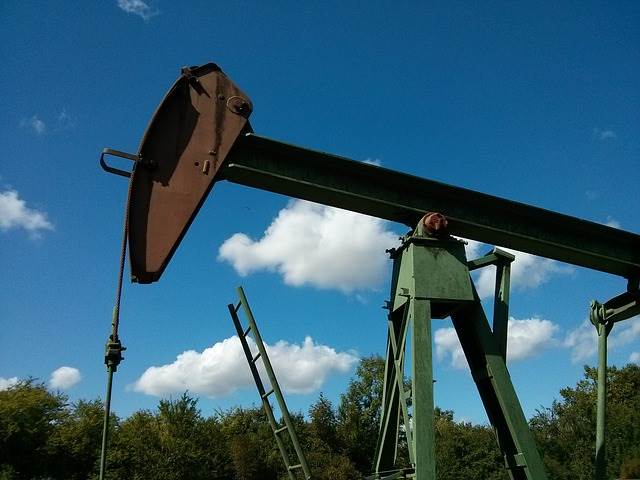 The United States recently attacked 5 facilities in Iraq and Syria related to the Kataib Hezbollah militia group, retaliating against the killing of an American contractor by a rocket on an Iraqui military base. In addition to the attacks, the US threatened by carrying more, adding to the already existing tensions between the US and Iran.
The United States recently attacked 5 facilities in Iraq and Syria related to the Kataib Hezbollah militia group, retaliating against the killing of an American contractor by a rocket on an Iraqui military base. In addition to the attacks, the US threatened by carrying more, adding to the already existing tensions between the US and Iran.
The oil markets showed little reaction to those events, as the WTI crude oil futures went up by 0.15 percent, gaining 9 cents and hitting the 61.81 level by 6:11 GMT. Conversely, the Brent Oil futures edged up by 0.24 percent, increasing its price by 16 cents, at 67.03 per barrel.
Markets have been recently hit by optimism as the United States and China announced phase one of their trade deal, which they are signing in January according to the U.S. Trade Representative Robert Lighthizer. Oil supply has also declined, mostly caused by production cuts by the United States and (apparently) by the closure of the southern Nassiriya oilfield due to protests in Saturday, however, the Iraqi oil ministry highlighted that such an incident is not going to affect Iraq's oil exports as they intend to compensate the losses with oil production from the southern oilfields in Basra.
Recently, the United States government reported that US crude inventories fell to their lowest levels in two months, falling 5.47 million barrels.
Despite all this, oil prices are not expected to move in a significant way during the holidays, as there is currently a lack of market participants.
“(Trading) has been relatively flat due to lack of market participants in the holiday season,” said a CMC Markets analyst, “Oil prices have reached their highest level since the Saudi oil field attack in Mid Sep, and thus traders are also cautious about profit-taking possibilities,” she added.
Oil prices rose 20 percent in 2019, with most price gains happening during the first quarter. According to analysts, this moderate price growth is due to weak demand, increasing American oil supply and an improving geopolitical situation.
“Demand growth cratered while U.S. production continued to barrel along at high rates and geopolitical risk eased,” said the president of Rapidan Energy Group, “And now, at the end of the year, weary investors are looking to next year and seeing a tsunami of oil,” he added.
Concerns regarding the sustainability of oil and gas companies in a world that cares more about global warming also weighs on the investors' expectations.
